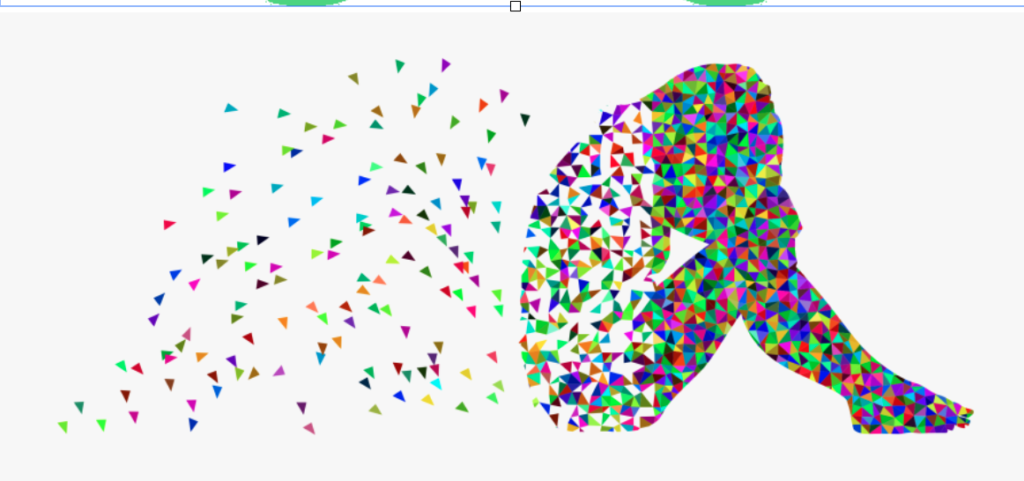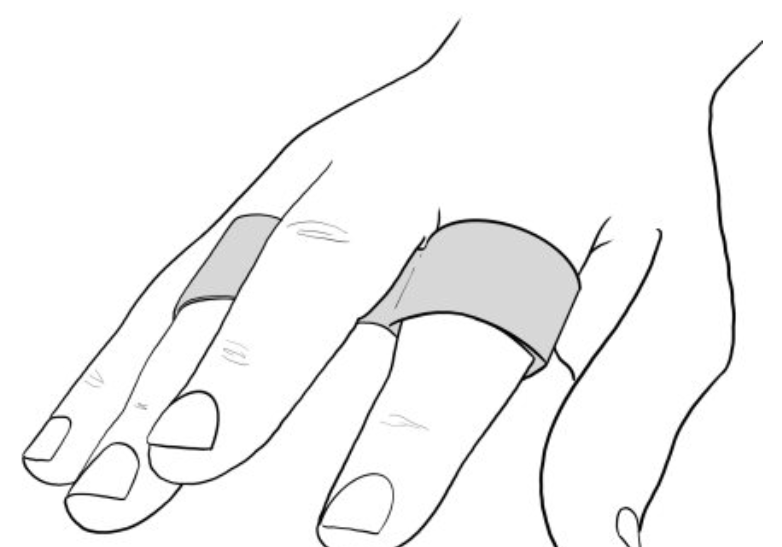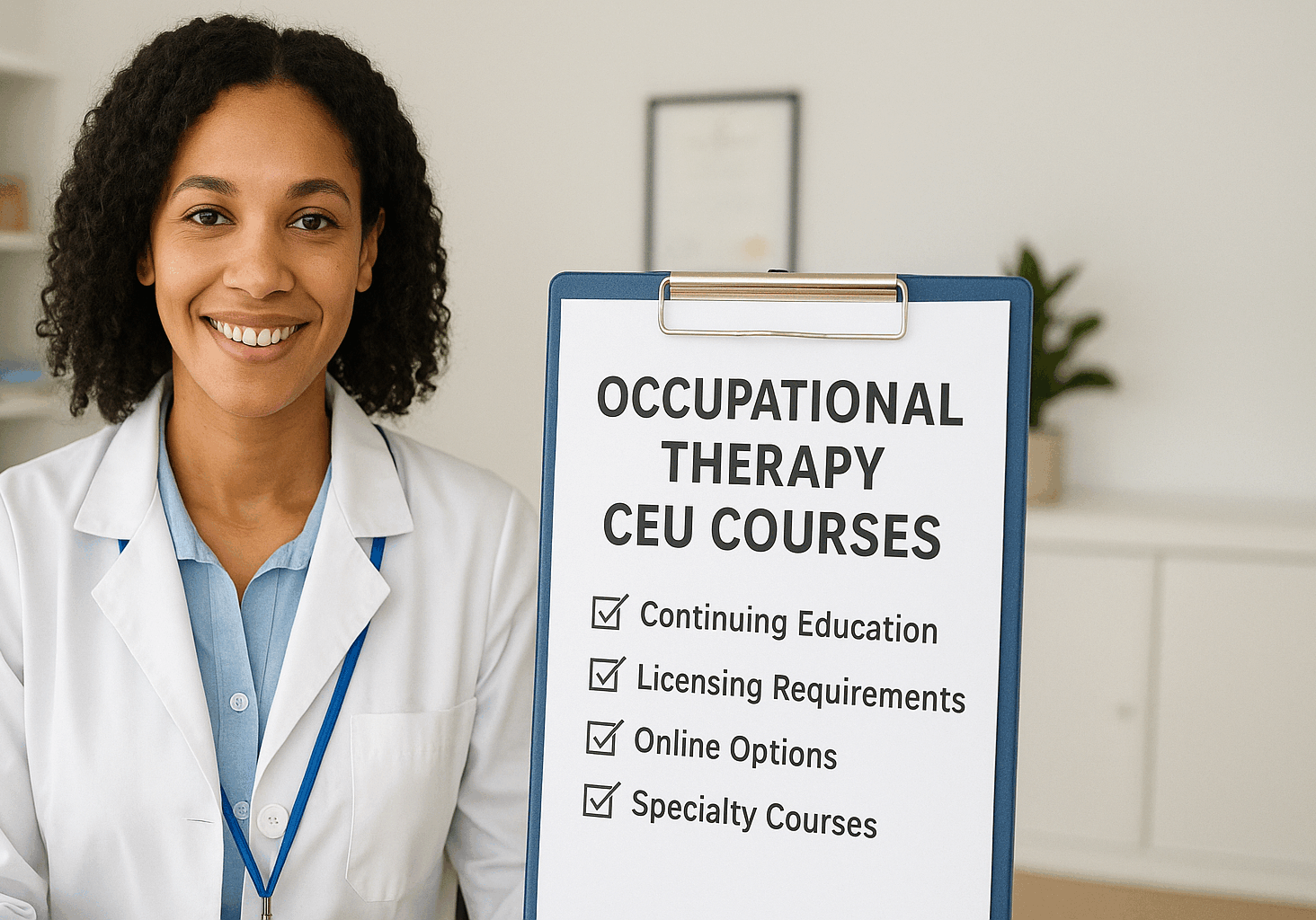Creating an Action Plan for Addressing Mental Health in the Clinic
Filed under Holistic Therapy, Treatments
Blog By: Rachel Reed
As hand therapists, our care for our patients must be driven by the goal of treating the whole person, not just their hand or injury (Hannah, 2011). Occupational therapy is a unique profession in which we are equipped to view our patients through a holistic lens. With this lens, we are able to take into account our patient’s roles, routines, habits, and interests and how their values, emotions, and internal psychology may promote or hinder participation in meaningful occupations (Occupational Therapy Practice Framework, 2017). Individuals with hand injuries may experience significant physical, psychological, and social consequences which impact their daily life (Hannah, 2011). It is easy to narrow our focus to treat only the patient’s diagnosis or condition from a biomechanical perspective, potentially limiting their long-term recovery and wellbeing. This blog post will discuss common diagnoses in which emotional and psychological factors may impact treatment and an action plan for mental health patients in the clinic.
Traumatic Accidents and Depression
In our clinic, it is common to see patients who recently experienced a traumatic incident. These patients are often sent to us after having digits amputated or after a graft placement. It is typical for these patients to be in the “fight or flight” stage during their first appointment. They may experience intense emotions as they navigate an unknown future, and they may not believe that they’ll be able to use their hand meaningfully again (Hannah, 2011). They often treat their affected hand/arm like a foreign object, holding it far away from their body or guarding it near their chest. If the patient consistently shows gaze aversion or pain-avoidance behaviors, they may have an adjustment problem. It is important that these patients take ownership of their wound care, scar management, and exercise program, instead of allowing their partner or caregiver to manage their care for them (Hannah, 2011). Sometimes, they’re optimistic, but at this stage, they often aren’t aware of the long road of recovery ahead of them. As the initial shock and trauma wears off, these patients may begin to experience symptoms of depression. As the weeks go on, they may become tired of working as hard as they do to complete basic ADLs and IADLs, and they may not feel like there is an end in sight. To reduce depression and anxiety during the healing process, it is beneficial to educate patients on physical and functional expectations (Cochrane & Dale, 2019). It is also important that we are aware of the signs of depression so that we can identify when our patients may be in need of psychological support. As a quick reminder, these are listed below:
Signs of Depression:
- Persistent sad, anxious, or “empty” mood
- Feelings of hopelessness, or pessimism
- Irritability
- Feelings of guilt, worthlessness, or helplessness
- Loss of interest or pleasure in hobbies and activities
- Decreased energy or fatigue
- Moving or talking more slowly
- Feeling restless or having trouble sitting still
- Difficulty concentrating, remembering, or making decisions
- Difficulty sleeping, early-morning awakening, or oversleeping
- Appetite and/or weight changes
- Thoughts of death or suicide, or suicide attempts
- Aches or pains, headaches, cramps, or digestive problems without a clear physical cause and/or that do not ease even with treatment (National Institute of Mental Health, 2020)

Self-Inflicted Injuries
Mental health often intersects hand therapy treatment and outcomes in the case of self-inflected injuries, such as flexor tendon lacerations. During initial evaluations, we usually ask the patient how the injury happened. If the patient discloses that their injury was self-inflicted, they may also disclose a history of emotional and psychological difficulties. These patients may struggle with depression and/or feel shame for injuring themselves due to the stigma that surrounds mental health. How do we address our patients’ mental health needs while staying within our scope of practice? Ideally, it is a good idea to have the contact information for a psychologist or other licensed mental health provider available to offer to patients. This could be offered discretely in a handout form with the patient’s home exercise program since it is often difficult to have a private conversation in an outpatient hand therapy setting.
Fibromyalgia and CRPS
Patients with fibromyalgia or Chronic Regional Pain Syndrome (CRPS) may also struggle with working towards positive hand therapy outcomes. Patients struggling with these conditions, on top of their upper extremity-related condition, may have been told by other medical providers that their pain is “in their head.” This is extremely invalidating to their lived experiences, and it is frustrating for the patient to feel like no one believes them. These patients may feel defensive at a baseline, like they have to “prove” their pain is real for medical professionals to take them seriously. It is important to remember that pain is a subjective experience (Hamasaki et al., 2018). In these situations, we must first validate the experiences of our patient. As patients with these conditions talk about their pain and limitations, it may be helpful to mirror their words back to them to validate that they’re being heard. This can help to build trust and improve the therapeutic relationship.
Additional Recommendations
Therapeutic use of self is a tool that we must learn to adapt to different patient populations, especially for those with mental health difficulties. Even though we are not mental health providers, how we interact with our patients will shape how they view themselves. It is important to remember that the severity of a hand injury does not predict adaptation and emotional resiliency (Hannah, 2011). Regardless of the patient’s diagnosis, medical history or mental health presentation, anyone can suffer from depression and other mental health difficulties, especially following a loss of function. Patients with repetitive use injuries and nerve compressions often feel increasingly less hopeful about improving their quality of life prior to therapy. Healing takes time, and hands are the connection between who we are as human beings and what we do (Hannah, 2011). The relationship between psychology and hand therapy is undeniable. Because of this, it may be helpful to consider utilizing a screening tool that addresses mental health in the hand therapy clinic. For example, the Injured Workers Survey (IWS) or the Impact of Event (IES) scale may help to identify psychosocial distress early on in the therapy process and help direct appropriate interventions (Hannah, 2011).
Throughout the therapeutic relationship, it may be beneficial to incorporate questions related to sleep patterns, mood changes, and behavioral and physical changes that may highlight persistent psychological difficulties. According to Gustafsson and Ahlstrom (2004), patients continually improved in psychosocial symptoms throughout the first three months of treatment, but these symptoms tended to remain unchanged from three months onward. Therefore, three months post-injury is a good time to identify patients in need of psychological support and counseling (Hannah, 2011).
The most critical thing we can do as clinicians to promote positive mental health and treatment outcomes is to become a trusted provider in our patient’s lives. It is also important that we address mental health in the clinic while staying within our scope of practice. To summarize, we suggest the following:
Action Plan:
- Become aware of the signs and symptoms of depression.
- Have the contact information for a psychologist or other licensed mental health provider available. If possible, form a professional relationship with this provider and become familiar with their approach to therapy.
- Validate the experiences and feelings of your patient.
- Consider utilizing a screening tool that addresses mental health and the psychological impact of the patient’s injury.
References
Cochrane, S., & Dale, A. (2019). The Impact of Mental Health and Pain on Patient-Reported Physical Function in Traumatic Versus Non-Traumatic Upper Extremity Conditions. Journal of Hand Therapy, 32(4), 549. doi:10.1016/j.jht.2019.09.009
Gustafsson, M., & Ahlstrom, G. (2004). Problems experienced during the first year of an acute traumatic hand injury – a prospective study. Journal of Clinical Nursing, 13(8), 986-995. doi:10.1111/j.1365-2702.2004.01019.x
Hamasaki, T., Pelletier, R., Bourbonnais, D., Harris, P., & Choinière, M. (2018). Pain-related psychological issues in hand therapy. Journal of Hand Therapy, 31(2), 215-226. doi:10.1016/j.jht.2017.12.009
Hannah, S. D. (2011). Psychosocial Issues after a Traumatic Hand Injury: Facilitating Adjustment. Journal of Hand Therapy, 24(2), 95-103. doi:10.1016/j.jht.2010.11.001
National Institute of Mental Health. (2020). Depression. Retrieved from https://www.nimh.nih.gov/health/topics/depression/index.shtml
Occupational Therapy Practice Framework: Domain and Process (3rd Edition). (2017). American Journal of Occupational Therapy, 68 (Supplement 1). doi:10.5014/ajot.2014.682006
More To Read
Stretching Alone Can Change P1 Bone Shape in Patients with Camptodactyly
Woo Hong, S. Kim, J., Sang Kwon, O., Ho Lee, M., Sik Gong, H., Hyun Baek, G., (2019). Radiographic Remodeling of the Proximal Phalangeal Head Using a Stretching Exercise in Patients With Camptodactyly. J Hand Surg Am, 1.e1-1.e10 The Skinny – Camptodactyly is a congenital, nontraumatic flexion contracture of the PIP in fingers other than…
Read MoreWhich orthosis design is better for zone 5-6 extensor tendon injuries, a relative motion orthosis compared to a dynamic extension orthosis?
M. Buhler, ˝ D. Gwynne-Jones, M. Chin et al., (2023) Are the outcomes of relative motion extension orthoses noninferior and cost-effective compared with dynamic extension orthoses for management of zones V-VI finger extensor tendon repairs: A randomizedcontrolledtrialJournalofHandTherapy. The Skinny: The aim of this study was to compare the data for two different types of orthoses…
Read MoreTop-Rated Occupational Therapy CEU Courses to Boost Your Career
What Are Occupational Therapy CEU Courses? Occupational Therapy CEU (Continuing Education Unit) courses are specialized learning modules designed to help occupational therapists maintain, improve, and broaden their professional knowledge and skills. These courses are often mandated by state licensing boards to ensure therapists stay updated on best practices, legal standards, and innovations in therapy. Definition…
Read MoreSign-up to Get Updates Straight to Your Inbox!
Sign up with us and we will send you regular blog posts on everything hand therapy, notices every time we upload new videos and tutorials, along with handout, protocols, and other useful information.





